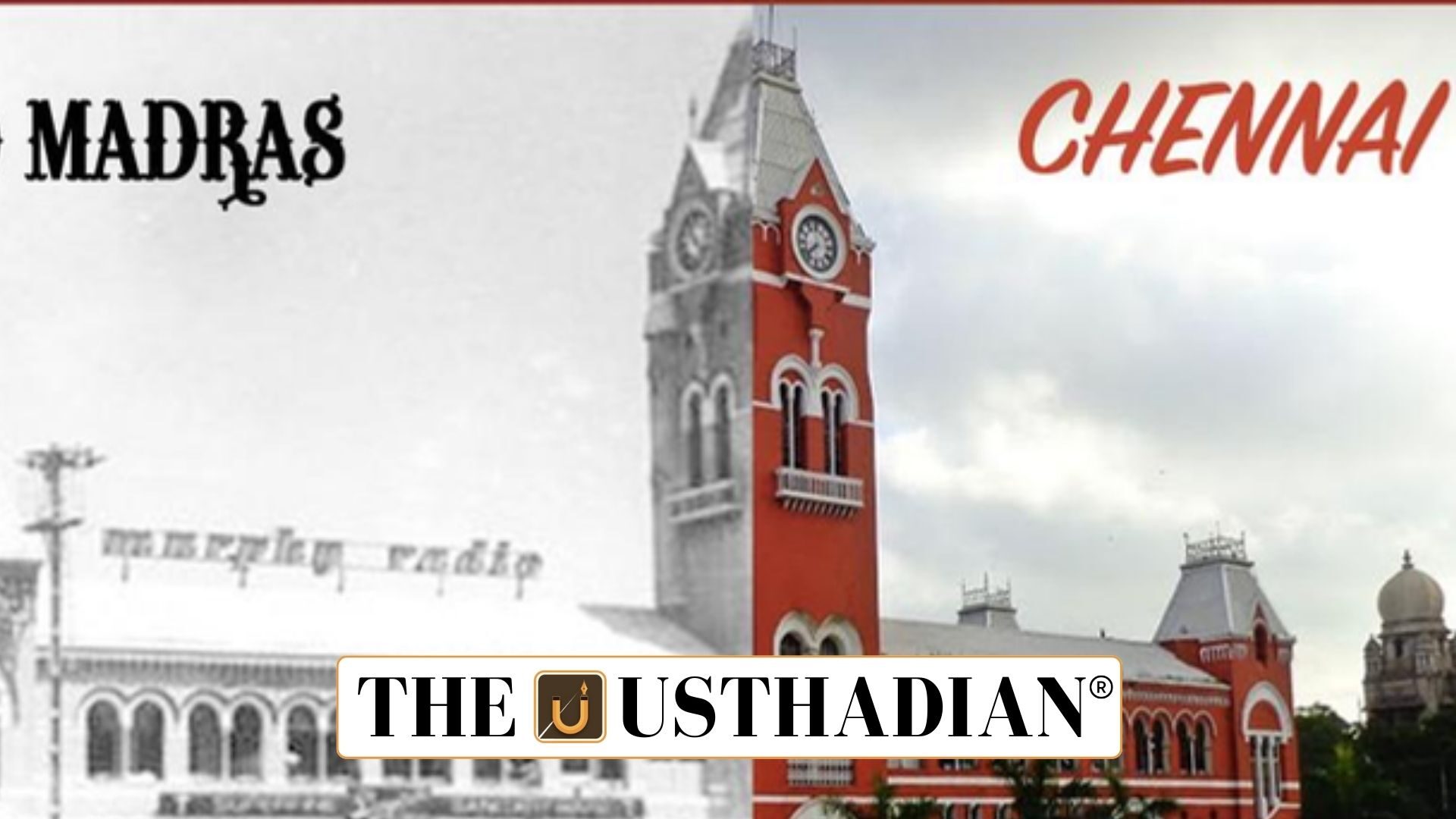First traces of Madraspatnam
Early Names of Chennai: The origin of Madraspatnam can be traced to 1639 when Venkatadri Nayak granted land to the British. The document mentioned a port named Medraspatam. This record was later translated and cited by H.D. Love in his work Vestiges of Old Madras.
In 1645, Raja Sriranga Raya of Chandragiri extended British control to the adjoining areas, including Narimedu. The Raja believed the new fort carried his title and referred to it as Zera Renga Rayapatam.
Static GK fact: Fort St. George, constructed in 1644, became the first major British stronghold in India.
Rise of Chennapatnam
The term Chennapatnam emerged shortly afterward. In 1646, Nagabattan, a gunpowder maker, donated land to the Chennakesava Perumal Temple located in Old Black Town. This marked the earliest written record of the name.
Two years later, Beri Thimmappa, the builder of the temple, also described the settlement as Chennapattanam. While Madraspatnam appeared in colonial accounts, Chennapatnam was rooted in local traditions.
Static GK fact: The present-day site of the Madras High Court once formed part of Old Black Town.
Distinct settlements
Under Golconda rule, a 1672 grant issued by Neknam Khan spoke of the “Fort and Town of Chinapatam” separately from Madrassapatam. By the following year, Madraspatnam was noted by British records as a native town with flat-roofed houses, north of the fort.
This shows that both names coexisted, reflecting two parallel identities—one administrative and colonial, the other cultural and religious.
Manuscript evidence of 1802
In 1802, C.V. Boria, working with Col. Colin Mackenzie, uncovered a Marathi manuscript that divided the city into four parts: Madras Coopom, Chennaik Coopom, Arkoopom, and Maleput.
According to the text, Madras Coopom included the fort, while Chennaik Coopom expanded into Muthialpet and Pagdalpet (George Town). Arkoopom lay close to the Cooum River mouth, and Maleput was near the Salt Cotaurs.
This document altered earlier assumptions by suggesting the fort was identified with Madras and the town with Chennai.
Static GK Tip: The Cooum River, which flows into the Bay of Bengal, is among the shortest rivers in Tamil Nadu.
From Madras to Chennai
Gradually, Madras became the symbol of British colonial rule, while Chennai reflected local heritage. Scholars debate whether the name Chennai was Tamil in origin or influenced by Telugu usage.
This distinction was later employed to justify renaming the city in modern times. The title Chennai was officially adopted by the Government of Tamil Nadu in 1996, replacing the long-standing colonial name.
Static Usthadian Current Affairs Table
Early Names of Chennai:
| Topic | Detail |
| First mention of Madraspatnam | 1639 land grant by Venkatadri Nayak |
| First mention of Chennapatnam | 1646 donation to Chennakesava Perumal Temple |
| Fort St. George construction | Built in 1644 by the British |
| Builder of Chennakesava Temple | Beri Thimmappa |
| 1672 land grant | Neknam Khan under Golconda rule |
| Four divisions in 1802 manuscript | Madras Coopom, Chennaik Coopom, Arkoopom, Maleput |
| Madras Coopom | Location of Fort St. George |
| Chennaik Coopom | Became Muthialpet and Pagdalpet (George Town) |
| Arkoopom | Near Cooum River mouth |
| Maleput | Near Salt Cotaurs |
| Madras identity | Linked with English settlement |
| Chennai identity | Linked with Tamil tradition, later official name |
| Official renaming | Adopted by Government of Tamil Nadu in 1996 |








